Welcome back, guys. I hope you are studying hard for the exams.
I write these articles so that these are about 10 minutes of reading time. That way, whenever you get bored with your regular study material, you can practice these questions. This is how the questions will be in your PEBC Evaluating Exam. It’s not going to be exactly the same, but it will be more or less similar.
Reading these questions once is not good enough. You should practice these questions about 2 to 3 times before your exams. The reason why you need to practice these questions is because you will get only 1 minute per question in the exam. Bookmark this page so that you can come back later and practice these questions
All the best for preparations.
PEBC Evaluating Exam – Question set #6
Question 1: JT is taking Olanzapine for psychosis. He comes to the pharmacy complaining about his twisted wrist, feet pointing inwards, and tilted neck. These symptoms are indicative of dystonia. Which of the following is the drug of choice for drug-induced dystonia?
A. Benztropine
B. Propranolol
C. Trihexyphenidyl
D. Tetrabenzene
E. Verapamil
Click here to see the answer
Answer: A
| Extra Pyramidal Symptoms (EPS) Mnemonic: DAPT | Treatment Mnemonic: Ben’s BAT |
| Dystonia – Continuous spasm + muscle contractions | Benztropine (anticholinergic) |
| Akathisia – Restlessness | Beta blocker (Propranolol) |
| Parkinson’s like Symptoms (TRAP = Tremors, Rigidity, Akinesia, Postural instability) | Anticholinergics (Beztropine, Procyclidine, Trihexyphenidyl) |
| Tardive dyskinesia – Irregular jerky movements – Often involves lower face + distal extremities. – May be chronic. – Can become chronic if continued for a long time. | Tetrabenzene |
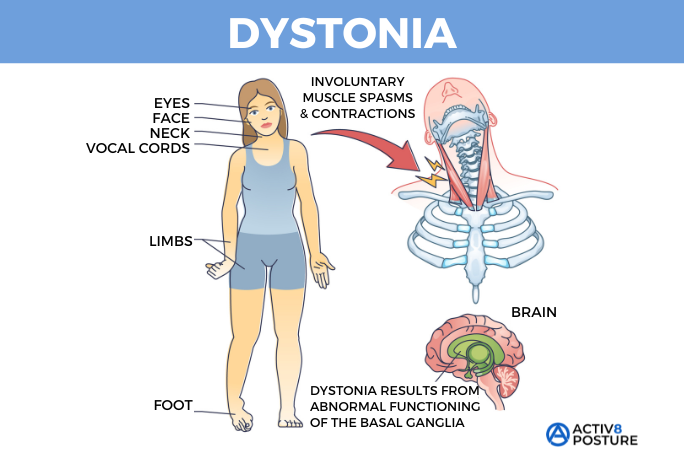
Image source: Active Posture
If you want to know more about dystonia, click the link above. Active Posture has written a detailed article on the topic.
Here’s the link to the article.
Note:
The above question is from antipsychotics. Mechanism of action, receptors of drugs (like 5HT1A, etc), and side effects of drugs are important.
Question 2: Which of the following statements describes the primary purpose of conducting a SWOT analysis?
A) Identification of company's vision and goals
B) Evaluation of company's year on year performance
C) Assessment of internal and external variables to plan a road map for success
D) To determine a company’s organizational structure
E) Predict sales to estimate product life cycle
Click here to see the answer
Answer: C
Question 3: Which of the following are the side effects of Mirtazapine?
A. High Nausea and vomiting
B. High weight gain and high sedation
C. Reduces cholesterol levels
D. Uricosuric effect
E. Pitting edema
Click here to see the answer
Answer: B
Quick revision:
- Mirtazapine has high sedation and high weight gain due to H1 inhibition.
- Mirtazapine has the least nausea and vomiting due to 5HT3 inhibition
Question 4: Which of the following is not a side effect of Verapamil?
A. Bradycardia
B. Worsening of CHF
C. Constipation
D. Diarrhea
E. Myocardial vasodilation
Click here to see the answer
Answer: D
Quick revision:
- Verapamil reduces AV conduction, reduces myocardial oxygen demand, and reverses coronary vasospasm
Question 5: What is the mechanism of action of Gemfibrozil?
A. PPAR alpha agonist
B. PPAR gamma antagonist
C. PPAR alpha antagonist
D. Xanthine oxidase inhibitor
E. 5 alpha reductase II inhibitor
Click here to see the answer
Answer: A
Quick revision
Side effects: Gemfibrozil is contraindicated with statins as it may lead to myopathy, Cholelithiasis, and gallstone formation.
Fibrates have the highest triglyceride-lowering effect. Fibrates (Especially fenofibrate) has uricosuric effect. Extremely useful in treating hypertriglyceridemia in diabetic patients and in prophylaxis of coronary heart disease and cerebrovascular disease.
Question 6: What is the name of the drug for which the structure is given below

A. Furosemide
B. Metformin
C. Atorvastatin
D. Clarithromycin
E. Naproxen
Click here to see the answer
Answer: E
Quick revision
Naproxen is a propionic acid derivative and it exists in 2 isomeric forms: R and S. S isomer is more effective than R. Naproxen is the only drug that is marketed as pure S isomer.
Question 7: JT came to the pharmacy complaining about pain in her ear and fever. Her current symptoms are indicative of Otitis Media. Upon checking JT’s medication history, it was found that JT also experienced gout attacks in the past. Answer the following questions based on the information provided.
Question 7.1: What could be the causative agent for JT’s otitis media?
A. Treponema palladium
B. Bacillus anthracis
C. Helicobacter pylori
D. M. catarrhalis
E. Borrelia burgdorferi
Click here to see the answer
Answer: D
Quick revision
S. pneumonia, H. influenza, and M . catarrhalis are the causative agents for otitis media.
Question 7.2: What is the best drug if JT did not take any antibiotics in more than a year?
A. Amoxicillin + Clavulanate
B. Azithromycin
C. Moxifloxacin
D. Clindamycin
E. Amoxicillin
Click here to see the answer
Answer: E
Quick revision
Drug of choice: Amoxicillin, Amoxicillin + Clavulanate, Ceftriaxone, Cefuroxime, Azithromycin
Question 8: Which of the following statements about the blood clotting mechanism is correct?
A. Warfarin acts on Extrinsic pathway
B. Heparin acts on extrinsic pathway
C. Warfarin exerts its action through CNS
D. Heparin has receptor mediated action
E. aPTT is monitored for warfarin
Question 9: Prolong use of which of the following drugs is a risk factor for osteoporosis?
A. Prolong use of Rosuvastatin
B. Long time use of Metformin
C. extended use of Methotrexate
D. Long time use of corticosteroids
E. LABA drugs like Formoterol
Click here to see the answer
Answer: D
Question 10: Which of the following statements are true when the data represents 99% confidence interval?
A. 99% confidence interval would be narrowe than 95%
B. 99% confidence interval will have a positive skew
C. 99% confidence interval would be wider than 95%
D. 99% confidence interval would have a negative skew
E. 99% confidence interval represents bimodal distribution
Click here to see the answer
Answer: C
Quick Revision
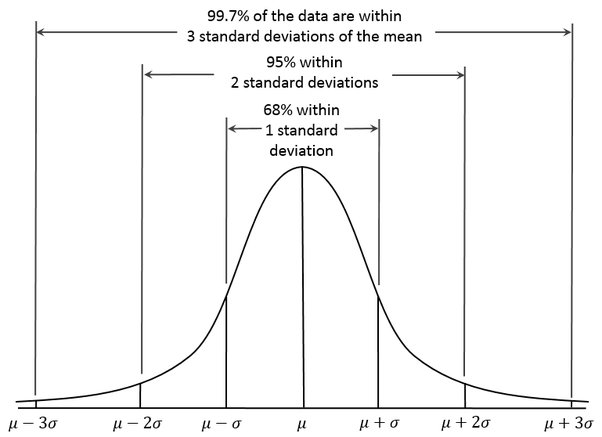
Question 11: A drug is administered orally at a dose of 100 mg and its AUC (Area Under the Curve) is found to be 50 µg·h/mL. The same drug is administered intravenously at a dose of 50 mg, and its AUC is 150 µg·h/mL. What is the absolute bioavailability of the drug?
A) 16.67%
B) 33.33%
C) 50.00%
D) 66.67%
E) 75.00%
Click here to see the answer
Answer: A
Use formula for Absolute bioavailability = (AUCoral / AUCiv ) x (Doseiv / Doseoral )
Question 12: Which of the following stimulates the release of gastric acid in the stomach?
A. Low gastric pH
B. High duodenal pH
C. High gastric pH
D. salivary enzymes
E. low duodenal pH
Click here to see the answer
Answer: C
Stomach has acidic pH. When we say acidic, it means low pH. A high pH means alkaline. So when pH increases, it means it is getting alkaline, which will stimulate the release of gastric HCl by pyloric gland.
Question 13: DM is a pharmacist working in a community pharmacy. He wants to check the side effects of a particular drug. Which of the following resources should DM check?
A. Cochrane database
B. Natural product database
C. CTC
D. Compendium of Pharmaceutical Speciality (CPS/RxTx)
E. CTMA
Click here to see the answer
Answer: D
Quick Revision
| Reference | Information |
| Cochrane database | Evidence-based medicine systematic review |
| Natural product database | Natural products and herbs |
| CTC | Tratment options |
| Compendium of Pharmaceutical Speciality (CPS/RxTx) | Prescription drug monographs |
| CTMA | Treatment options |
Question 14: Which of the following is not a healthcare funding source?
A. Federal government
B. Provincial government
C. Charities
D. Employee insurance
E. Mandatory public fees
Click here to see the answer
Answer: E
Question 15: JT is a 29-year-old male who is prescribed Clomiphene to improve his sperm count. Clomiphene is a drug approved to be used for female infertility. Which of the following would best describe the use of Clomiphene in this case?
A. Adapting the prescription
B. Beneficience
C. Prioritizing patient care
D. Off label use
E. Consenting
Click here to see the answer
Answer: D
Off-label drug use refers to the practice of prescribing a drug for a different purpose than what it was approved for.
Question 16: Which of the following drugs is not required to be taken at night time?
A. Fluvastatin
B. Lovastatin
C. Rosuvastatin
D. Pravastatin
E. Simvastatin
Click here to see the answer
Answer: C
Rosuvastatin and Atorvastatin are high-impact statins and can be taken at any time. Mnemonic: RAtS can be seen any time (R = Rosuvastatin, At = Atorvastatin, and S = Statin)
Fluvastatin, Lovastatin, Simvastatin, and Pravastatin must be taken at night time. Mnemonic: FLoS Per Night. F = Fluvastatin, Lo = Lovastatin, S = Simvastatin, Per = Pravastatin, and Night = to be taken at night time.
Question 17: What is the most common gram-positive cocci causing UTI?
A. S. saprophyticus
B. B. pertussis
C. E. coli
D. T. palladium
E. M. catarrhalis
Click here to see the answer
Answer: A
Question 18: Which of the following is not involved in the metabolism of Acetyl Salicylic Acid?
A. Glycine conjugation
B. Glucuronidation
C. Hydrolysis
D. Glutathione conjugation
E.Hydroxylation
Click here to see the answer
Answer: D
Names of the phase 2 reactions can be memorized by this mnemonic: ‘Great Students Are Making Good Grades’
Great = Glucuronidation
Students = Sulfation
Are = Acetylation
Making = Methylation
Good = Glutathione Conjugation
Grades = Glycine (Amino Acid) Conjugation
Question 19: What is the relationship between the 2 structures of Metformin?
A. Tautomers
B. Geometric isomers
C. Optical isomers
D. Enantiomers
E. Diastereomers
Click here to see the answer
Answer: A
Question 20: Naltrexone is used for alcohol withdrawal. Which neurotransmitter does Naltrexone reduce in the brain?
A. Serotonin
B. Dopamine
C. Acetylcholine
D. Epinephrine
E. Norepinephrine
Click here to see the answer
Answer: B
Question 21: Which of the following statements is not true about Medeffect?
A. Accessible to patients and care providers
B. Contains information on drug safety alerts
C. Complete details about the manufacturer or importer
D. Canada vigilance program is a part of medeffect
E. Contains information about recalls
Click here to see the answer
Answer: C
PEBC Evaluating exam sample questions pdf link
I will be publishing more questions like this daily to help you with the preparations of PEBC evaluating exam.
If you have any questions, please ask them in the comments section.
Please share this with your friends as well as with people in your study group. It will support me.
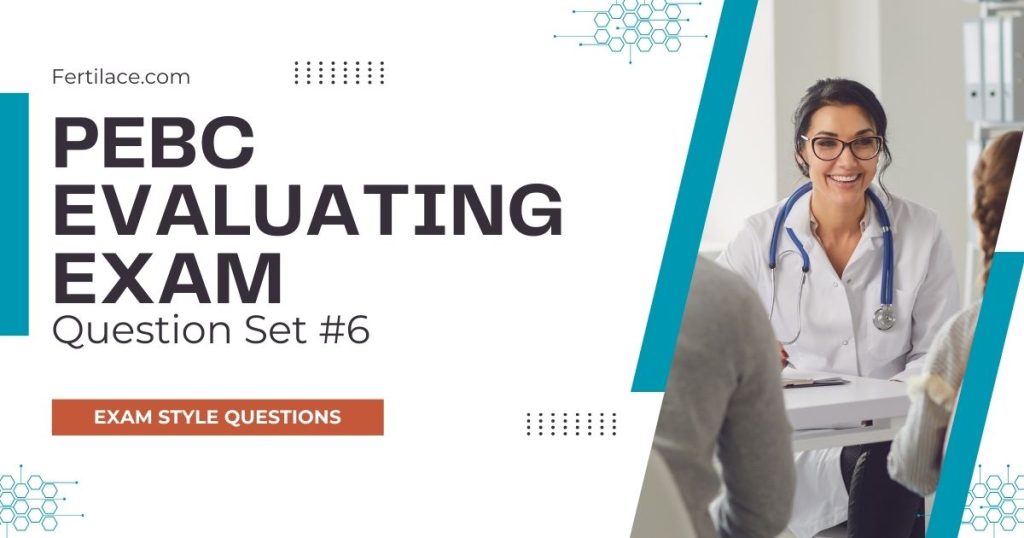
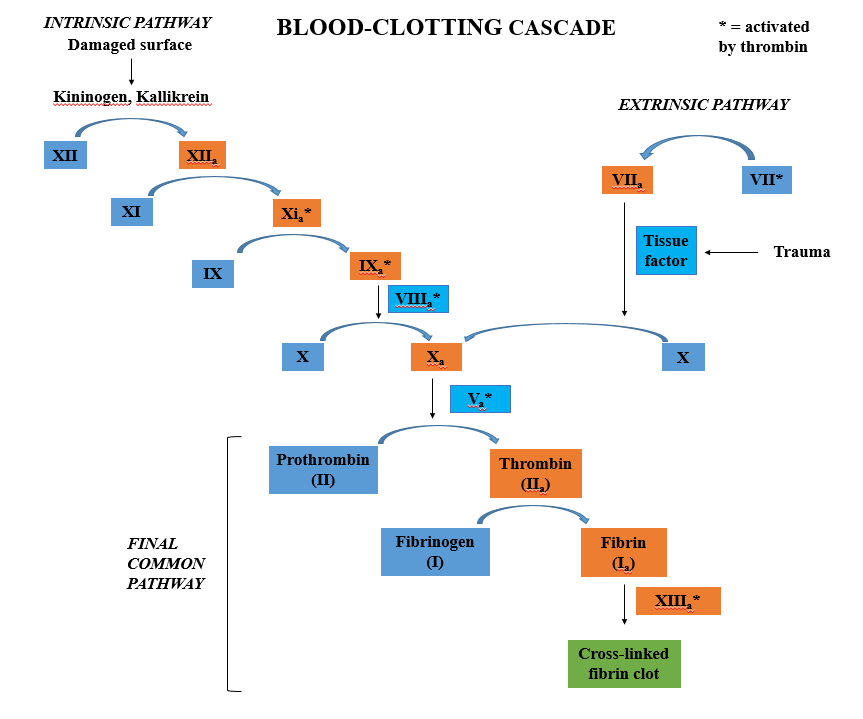
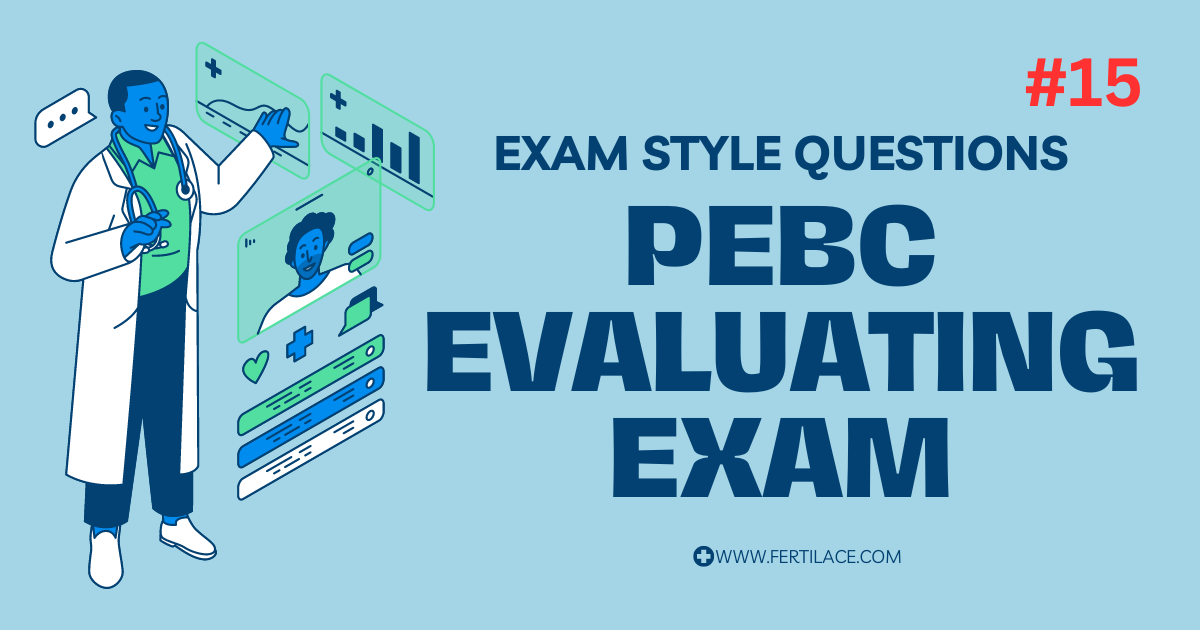
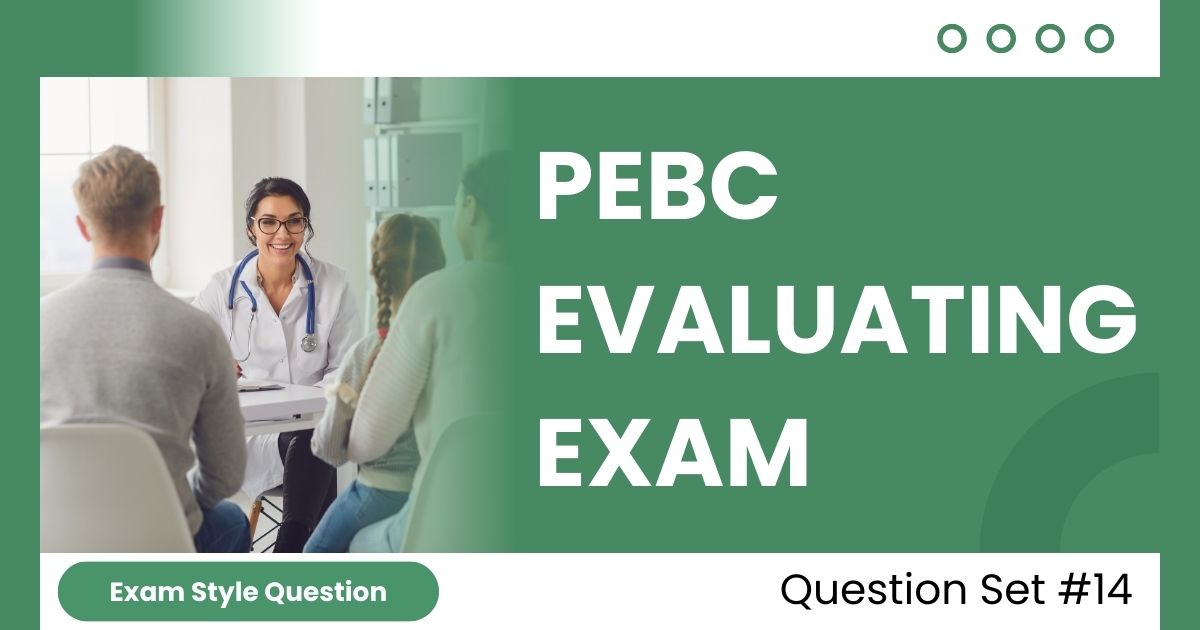
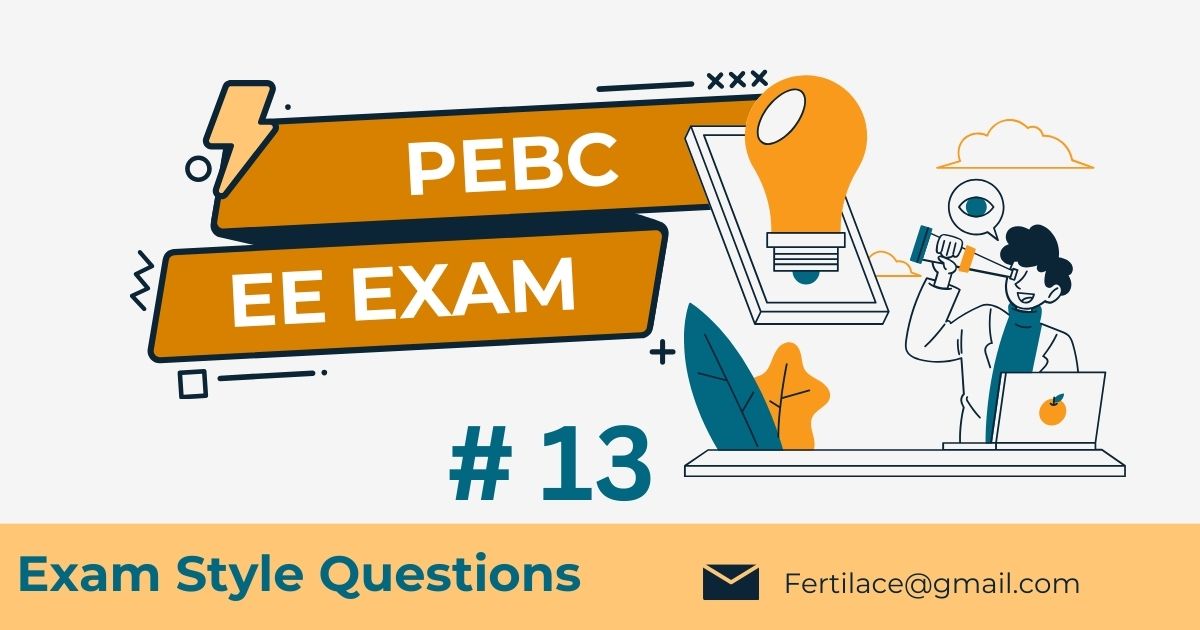
Hi
Can i have please a pdf for more question.
Thank you
Best regards